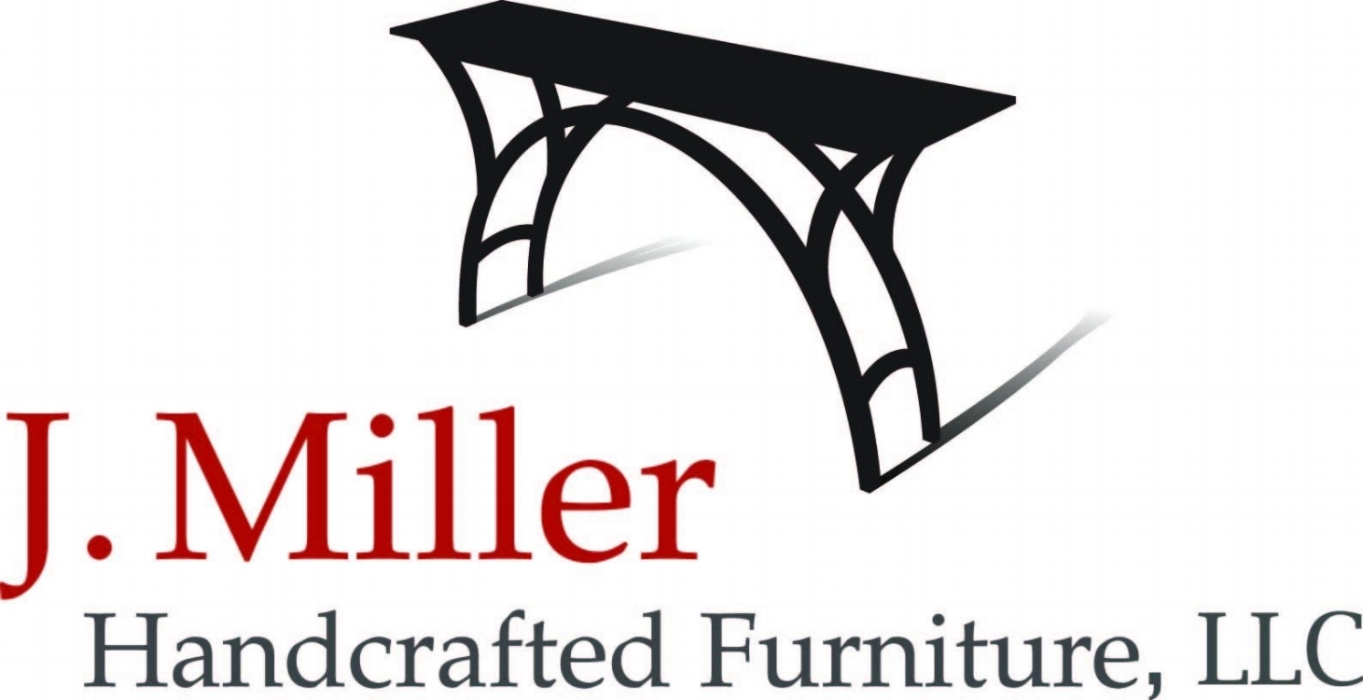Difficult tenon shoulders made easier
The Tenoning Frame and Armchairmaker’s Saw
The tenoning frame and armchair maker’s saw (see my article in the February 2014 Popular Woodworking magazine) are great for cutting ordinary tenon shoulders. But these tools are also perfect for cutting tenon shoulders on curved parts, and equally good at cutting angled shoulders on straight parts. In fact, the only real difference in any of these cases is in the set-up of the part in the tenoning frame.
Using a wedge to set the shoulder angle
Setting up the workpiece in the Tenoning Frame with the spacer block and scribing disk
Straight parts and right-angled shoulders are easy; put the part in the jig against a square registration fence and align the shoulder with the layout guide. I usually do this not just by eye, but by feeling for the scribing disk registering in the scribed shoulder line.
With angled parts, you can do exactly the same thing if you have a wedge to help you set the angle. Just place your wedge between the workpiece and the side of the tenoning frame and slide the workpiece up or down until the scribed line registers with the disk on the spacer block. Note that you can orient your workpiece so that either the wide face or the narrower edge is clamped in the jig, depending on which way you need to angle the shoulders.
You could do the same thing with curved parts by making a making up a curved positioning jig to match the curved part. But you could also try a different approach that I have found works faster. Replace the scribing disk on your spacer block with a spokeshave blade (or any other small blade with one flat side) mounted flat side down. Better yet, just screw the blade to the opposite edge of the spacer block. Using this to register the scribed line, it will be easier to line up your scribed shoulder line perfectly level in the tenoning frame.
You can also set up to angle the shoulders this way
The set-up for cutting the shoulder on a curved part
The spacer block with a spokeshave blade
The blade works with angled shoulders, or even straight ones, but I find that with these, it’s easier to work as I suggested above, using either a square fence or a wedge in combination with the scribing disk.
It works well to leave the workpiece in the tenoning frame to cut the cheeks of the tenon as well. It will be well positioned for this work, and there’s no need for any additional set up.
I’ve added a drawing for the simpler version of the tenoning frame. This one is best used with a flush trim saw held with the side of the saw against the top of the jig.







